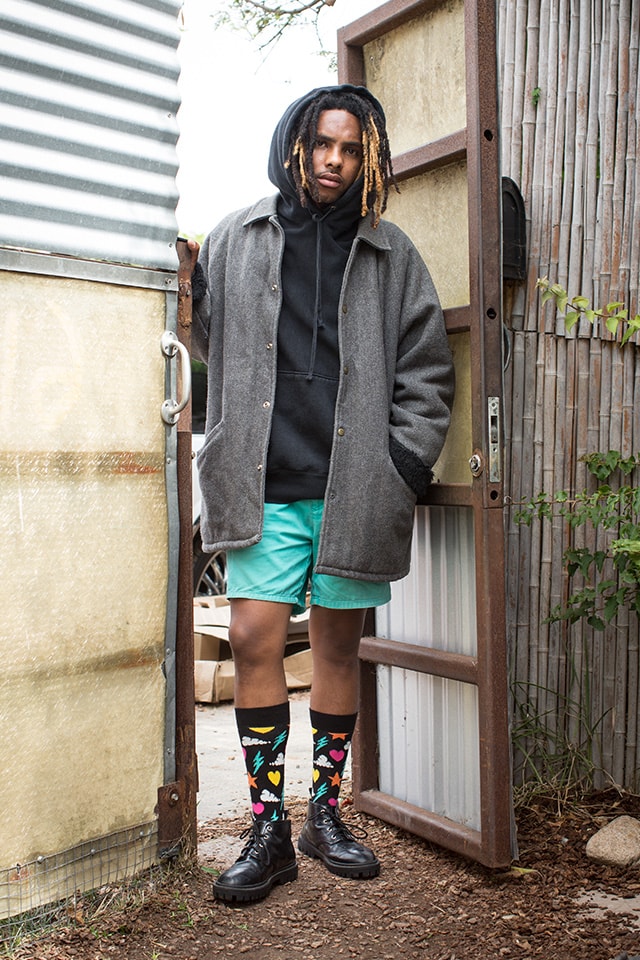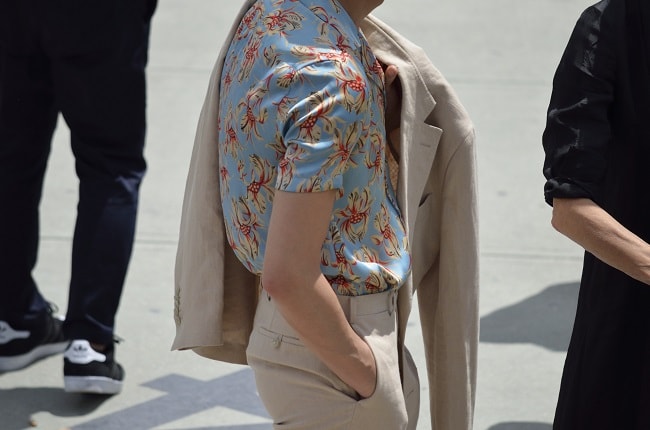1
HOME > Fashion History >
IS FASHION THE ULTIMATE PRAGMATISM?
FASHION DOES A LOT MORE THAN EXPRESSING YOUR PERSONALITY
Written by Menswear Style in Fashion History on the 14th August 2018

In a world where people need only a few seconds to build a first impression, fashion is more important than ever. What you wear might affect the way others perceive you. Consequently, if you’re in a situation where you only have a short time to charm or convince, you know that your choice of outfit might make or break the deal. But, at the same time, a wave of workwear renewal is taking offices by surprise. Formal suits are losing their appeal. In fact, in the creative sector, people who choose to stick to their suit outfit might risk being taken less seriously than those who embrace a more casual style. Ultimately, fashion does a lot more than expressing your personality. It’s a representation of your aspirations and interests and the direct path to social integration. You don’t dress to impress; you dress to be accepted. So this asks the ultimate question about the pragmatism of fashion. How do you best combine your beliefs and tastes with a more practical application of what you wear?
The question is: do clothes serve a purpose?
Have you ever watched videos of professional dancers rehearsing their movements? This might sound like a completely unrelated point but, ultimately there is an important lesson in those videos. You’ll find that most professional dancers don’t use any of the typical athleisure wear. They rehearse wearing a pair of jeans, a standard Henley shirt, or baggy shorts from H&M. Watching dancers can make you forget that clothes are often designed with a purpose in mind. Take GASP Clothing, for instance. The items are designed to bring the right balance of comfort and effective fitness equipment. Additionally, conscious that training changes your body, the brand also focuses on providing purposeful casualwear for bodybuilders and athletes. So coming back to the dancers, the fashion items they choose serve a purpose too. But just like dance is an expression of self, the outfit you choose is part of a creative mission.

But alternatively is the purpose part of the fashion statement?
There’s an eternal debate in the fashion industry. Should clothes fulfil a function or is the illusion of a function part of the charm of fashion? The proof is the cargo trouser. Ultimately created for the military forces in the 1930s, cargo trousers have gradually moved to the high street in the 1980s and 1990s. Oversized pockets and combat colours – navy, khaki and black as well as camouflage pattern – have been a preferred choice for this casual appearance. In fact, the very element that makes cargo trousers so fashionable is the fact that everybody knows their primary function. Cargo trousers are immediately associated with military combats but street fashion leaves the multiple pockets generally unused. You’ll find sports enthusiasts using similar trousers on hiking trails as part of their practical gear. But they’re fashionable because their ignored military purpose acts as a stylish statement.

Back to basics: what is fashion?
Should fashion ignore the function of the clothes or should it play with it? It’s a tricky debate that opposes two schools of thinking. On the one hand, fashion enables people to stage their presence – from picking a slim tie to impress a potential client to using colours to appear more energetic and dynamic. But on the other hand, fashion can also deliver a function – that’s precisely what activity-based dress codes are about. To understand the diversity of the fashion world, it’s essential to go back to the time fashion developed and gained its main purpose: to act as a social statement. Fashion history reveals that vibrant colours and embroideries were once used to showcase social status. As social classes have changed – there are not as many princes, and peasants as there once were – designers choose to express elitism through cultural inspirations. In short, if you’ve got money, fashion can be art. If you are not wealthy, fashion is purposeful.

The future of fashion is about wearing more IT
Less is more, except in the world of fashion. As a result, fashion has been moving away from clothes and wearable accessories to embrace a new market: wearable technology. Since the first apparition of the white cabler earphones from Apple in the 2000s, the idea of using technology as a fashion statement has inspired many designers. Fitness trackers have become elegant and sophisticated, so much in fact that some even look like real jewellery – watches and necklaces are the favourite items.

In the end, following fashion demands a lot more than knowing the seasonal trends. It’s about managing the ideal combination of functionality, aesthetic and modernism in each item. Ultimately, the pragmatism of fashion is to answer to both social expectations and practical requirements.
Trending
2
3
4
5
6
7
8
9
10









